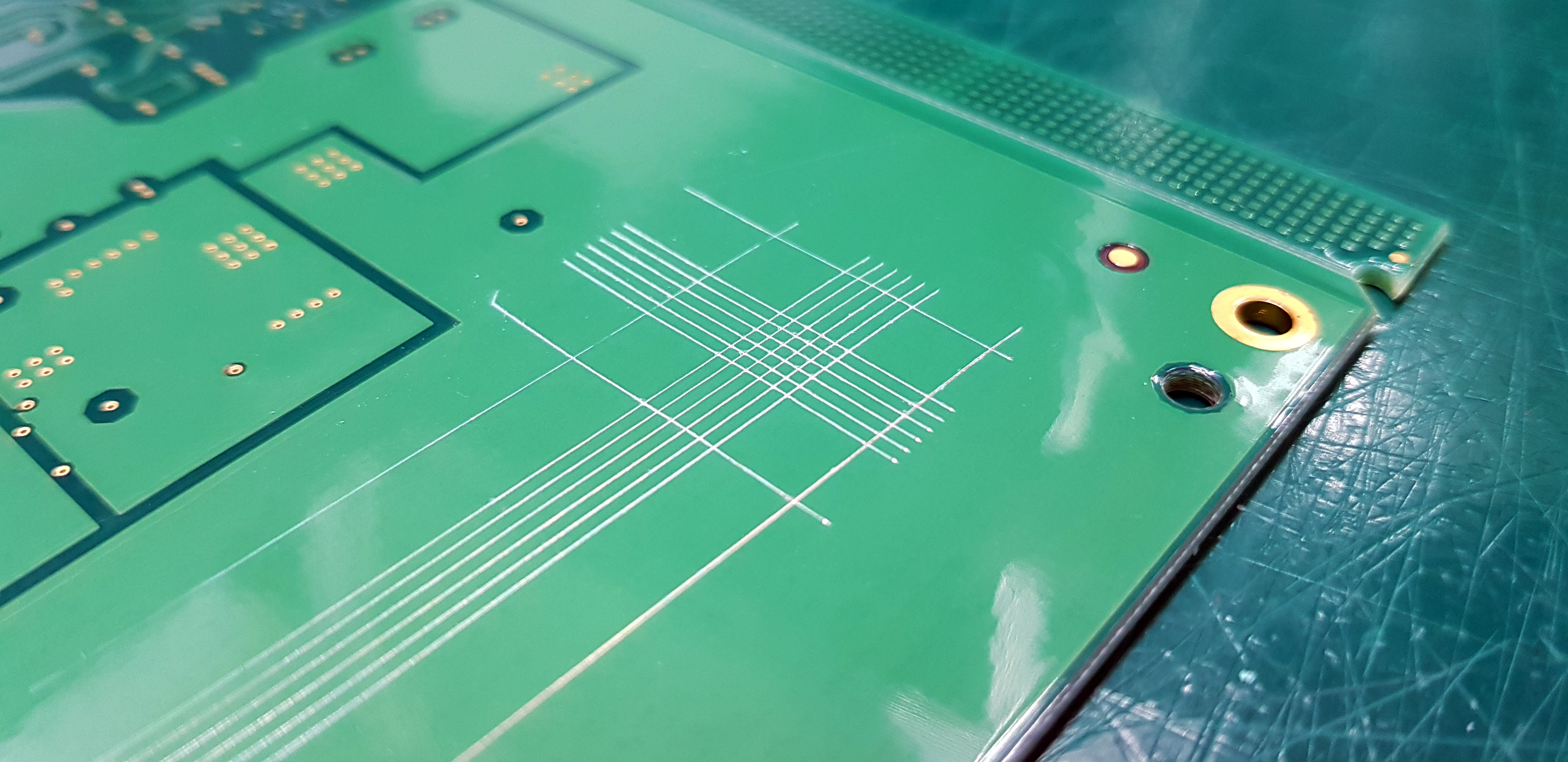PCB Conformal Coating Types: Which is Best for Your New Board?

When you’re engineering a new system, you try to account for all the electrical and environmental factors that could lead to early failure. High temperatures, excess humidity, exposure to corrosive substances, and high vibration stresses are sources of failure. A conformal coating is one way to protect your board from humidity, dust, or corrosive substances, reducing the chances of failure during operation. Here are some of the popular PCB conformal coating types you can find on the market.
PCB Conformal Coating Types
Conformal coatings are generally classified by the material being deposited for the coating. Each coating has a different preferred application method, although spraying is a common method for coating a single side of a PCB. Coatings are normally applied as a transparent thin film, which adds minimal weight to the PCB. Some specialty coatings, such as those intended for microwave EMI suppression, are opaque. Coatings can also be removed with the right solvent, or they can be peeled away (e.g., silicone-based coatings) if needed for rework or repair.
The table below shows the popular PCB conformal coating types, their advantages, and their disadvantages.
|
|
|
|
|
Polyurethane |
- High humidity resistance |
- Difficult to remove with solvents |
|
Silicone |
- High humidity resistance |
- Most difficult to remove, although some silicone blends can be peeled |
|
Acrylics |
- High dielectric strength |
- Not ideal for high temperatures or corrosive environments |
|
Epoxy |
- High humidity resistance |
- Difficult to remove with solvents |
|
Parylene |
- High dielectric strength |
- Requires vapor phase deposition to apply |
Coatings are normally applied as a spray or jet through a mask, but they can also be painted on with a brush. If you’re trying to coat both sides of a board, the board can be hand-dipped in a bath. The coating then needs to be dried in air (evaporative), under heat (thermal), or under exposure to a UV lamp. Note that conformal coatings or resins are not a cure-all for reliability problems in harsh environments, but they do provide a number of benefits as listed above. You should check your coating manufacturer’s datasheets when selecting a coating for your board.
Note that, if humidity is the primary concern, there are other methods you can use to prevent excess moisture from reaching your board. Some of these are as simple as using a sealed enclosure or placing a silica packet inside the device. If EMI is a concern, you can use some specialty coatings that offer radiation suppression in different frequency ranges.
Conformal Coatings for EMI Suppression
The conformal coating options shown above normally don’t provide strong dielectric absorption until you get beyond ~10 GHz. Below these frequencies, which is where you’ll find the greatest power spectral density for radiated EMI, a conformal coating does not have a major effect on suppressing EMI. You’ll have to rely on your layout, shielding, and isolation structures. At higher frequencies, there are some mixed benefits to using some conformal coatings on your board.
There are some commercially available polyurethane-based insulating conformal coatings developed for use in semiconductor packaging and PCBs. Parker is one company that produces these and other coatings specifically for use in electronics packaging. These specialty coatings provide greater EMI suppression as they can absorb strongly below ~10 GHz. If you’re working with a high-speed board (e.g., 100 ps to 1 ns rise time), you can certainly add a conformal coating if EMI, humidity, or other environmental factors are a concern.
Some research has shown that a strongly absorbing coating material, such as a water-jetted thermoplastic elastomer, can reduce the impedance of a PDN while also providing EMI suppression. I’ve covered this in another article on this blog. This area does not normally receive much focus from the conformal coating community, likely because these coatings are detrimental to high-speed devices. In high-speed boards, high PDN impedance leads to strong ripple and jitter. While applying a conformal coating can significantly decrease PDN impedance at lower frequencies simply by increasing fringing interplanar capacitance, it also creates more losses at high frequencies. There is a clear tradeoff here.
.png)
For high-speed devices, the industry may want to focus on using or developing conformal coatings that absorb strongly at lower frequencies (below ~1 GHz) and that have low losses at higher frequencies. This would make many conformal coatings more useful in high-speed devices where EMI is a significant problem. There are various thermoplastics and foams on the market from specialty coating companies that provide EMI suppression and protection from harsh environments. If you’re looking for protection in both areas, consider using one of these coating materials.
Also, pay attention to industry and 3rd party certifications on conformal coating materials. The two significant standards on conformal coating materials are IPC-CC-830B and UL746E. Note that IPC-CC-830B is equivalent to the outdated MIL-I-46058C standard on defense articles. The IPC-CC-830B and UL746E standards use the UL94 standard to measure flammability. Be sure to check for certification to either of these standards as these will distinguish PCB-specific materials from general-purpose coatings, resins, and varnishes.
When you’re contemplating PCB design tools and PCB conformal coating types, try using the PCB design and manufacturing features in Altium Designer®. You’ll have everything you need to create your new board and prepare your design for manufacturing. The parts search, and documentation tools are ideal for preparing your design for full-scale production and sourcing components.
Now you can download a free trial of Altium Designer and learn more about the industry’s best layout, simulation, and production planning tools. Talk to an Altium expert today to learn more.

